Bulk Density Apparatus
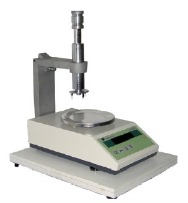
Order Code: 24258176.2
Category: General Lab Equipment V
INTRODUCTION: In this leaflet we present a measuring system for the strength of unfired ceramic materials and in particular pressed tiles.This technology was developed by the technical ceramics department of the University of Valencia and by the Res...
SPECIFICATION
INTRODUCTION:
In this leaflet we present a measuring system for the strength of unfired ceramic materials and in particular pressed tiles.This technology was developed by the technical ceramics department of the University of Valencia and by the Research Association of the Ceramic Industry in Castellon, Spain.It is a better alternative for the measuring system for the strength of unfired ceramic material by means of penetration equipment, as the indicated values are not subjective and cannot be influenced by the operator: they are real values as they are based on the measuring of the apparent bulk density.
It is known that the porosity of unfired ceramic pieces, which depends on the type of granules , the grain size and the grain size distribution, the proportion plastic material / defatteners and on the parameters of the pressing action, i.e. pressure, humidity of the powder to be pressed, etc., is a physical property of great importance as it influences the physical properties of the unfired (mechanical resistance) and the fired piece (shrinkage, porosity, mechanical
resistance, etc.).
By analyzing the faults that occur most frequently in the manufacture of ceramic floor and wall tiles, it was found that many of these originate from or are influenced by the porosity of the unfired material (black "heart", a low mechanical resistance,calibre) or by the uneven distribution of the porosity.
From the above, it will be clear that it is necessary to determine the exact value of the porosity during the production process. This can be done by measuring the density or strength and the volume of the pores.
TESTING METHOD:
The most exact testing methods to determine the density in a dry way are based on measuring the volume of the samples (volume of the pores + the real volume of the solid) by displacement of the volume of mercury or by the force which is required to immerse the sample in mercury. The method of the displacement of the volume of mercury as described by "Stringer" has been partly modified, in order to make it more convenient without changing its accuracy and reliability.
How to proceed:
Put a container containing 2 kg mercury on an electronic balance; Weigh the sample to be analyzed; Immerse the sample (making sure that it does not touch the wall of the container) by Means of the "COMPACT PRESS" (the sample should be immersed until the mercury reaches the level indication on the immersion system); By immersing the sample in the mercury, one exerts a force which is visible on the display of the balance At this point in time,
the volume and the density can be calculated according to the following W3 (cc).W1 Vap. .Dap. d.W3 where:.W = weight of the sample (gr.) W3 = weight of the sample immersed in the mercury (gr.) d = density of the mercury (gr/cc.)



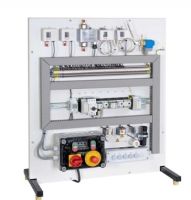
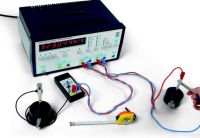

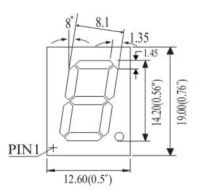
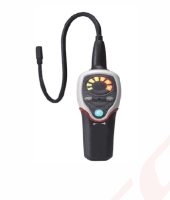


 91-9829132777
91-9829132777